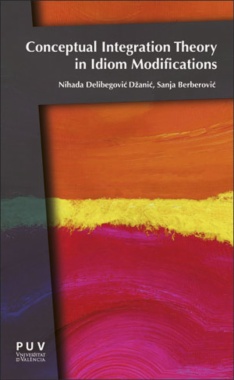In Fevered Measures, John Mckiernan-González examines public health campaigns along the Texas-Mexico border between 1848 and 1942 and reveals the changing medical and political frameworks U.S. health authorities used when facing the threat of epidemic disease. The medical borders created by these officials changed with each contagion and sometimes varied from the existing national borders. Federal officers sought to distinguish Mexican citizens from U.S. citizens, a process troubled by the deeply interconnected nature of border communities. Mckiernan-González uncovers forgotten or ignored cases in which Mexicans, Mexican Americans, African Americans, and other groups were subject to—and sometimes agents of—quarantines, inspections, detentions, and forced-treatment regimens. These cases illustrate the ways that medical encounters shaped border identities before and after the Mexican Revolution. Mckiernan-González also maintains that the threat of disease provided a venue to destabilize identity at the border, enacted processes of racialization, and re-legitimized the power of U.S. policymakers. He demonstrates how this complex history continues to shape and frame contemporary perceptions of the Latino body today.
- Contents
- Notes on Labeling Places, Peoples, and Diseases
- Introduction
- 1. From the U.S.-Mexican War to the Mexican-Texas Epidemic: Fevers, Race, and the Making of a Medical Border
- 2. The Promise of Progress: Quarantines and the Medical Fusion of Race and Nation, 1890–1895
- 3. The Appearance of Progress: Black Labor, Smallpox, and the Body Politics of Transnational American Citizenship, 1895
- 4. The Power of Progress: Laredo and the Limits of Federal Quarantines, 1898-1903
- 5. Domestic Tensions at an American Crossroads: Bordering on Gender, Labor, and Typhus Control, 1910–1920
- 6. Bodies of Evidence: Vaccination and the Body Politics of Transnational Mexican Citizenship, 1910–1920
- 7. Between Border Quarantine and the Texas-Mexico Border: Race, Citizenship, and National Identities, 1920–1942
- Epilogue: Moving between the Border Quarantine and the Texas-Mexico Borderlands
- Acknowledgments
- Notes
- Bibliography
- Index

